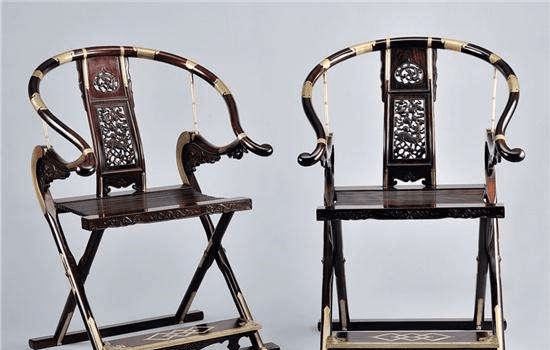According to records, the earliest place in the world to use chairs was ancient Egypt, from ancient Egypt to Greece, and then from Greece to Rome, with the expansion of the Roman Empire, to Constantinople, and then from Constantinople spread to China. Such a tortuous and long history gives the chair a deeper cultural connotation. A chair is no longer a piece of furniture, it more carries the accumulation of human civilization.
Folding chairs have also been considered a status symbol for many centuries.
1.The earliest recorded development of the folding chair began from about 2000 BC to 1500 BC. The original folding chair was a special chair for army commanders on the battlefield, and was also a symbol of power and prestige.
2.In the West, before the Renaissance, types of folding chairs appeared. In the modern period, since the folding chair itself has become a common seat for people, there has been a diversification of forms and production processes.
3.At the end of the 19th century, the folding chair was already a design played by utilitarians, and various forms of chairs for various purposes appeared.
4.The boom period of the folding chair was from 1965 to 1975. Folding chairs have various appearances, strong and durable, are widely praised by users.
5. In the 21st century, due to its portability, the products of folding chairs are increasing day by day, and the industry produces various styles of folding chairs to adapt to various weathers.
No matter how our lifestyle changes, we all have to enjoy life. Find a balance between work and spirituality. Choose a chair with comfort as the standard. You might as well sit for a while, settle your thoughts, empty your distractions, and give the chair a pure space for your soul. Just enjoy!


Tennie Chen is responsible for sourcing and supplier evaluation, with a focus on balancing product quality, cost efficiency, and supply chain reliability. My role involves identifying trustworthy manufacturers, comparing quotations, analyzing total landed costs, and ensuring compliance with international standards. I always prioritize long-term partnerships over one-time deals, aiming to work with suppliers who can provide consistent quality, competitive pricing, and flexible solutions. When making purchasing decisions, I evaluate not only the product itself but also the supplier’s production capacity, lead time, and after-sales support, ensuring that every cooperation contributes to sustainable business growth.










